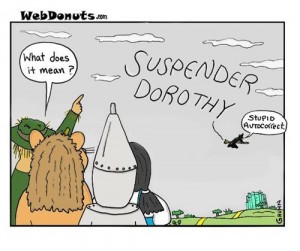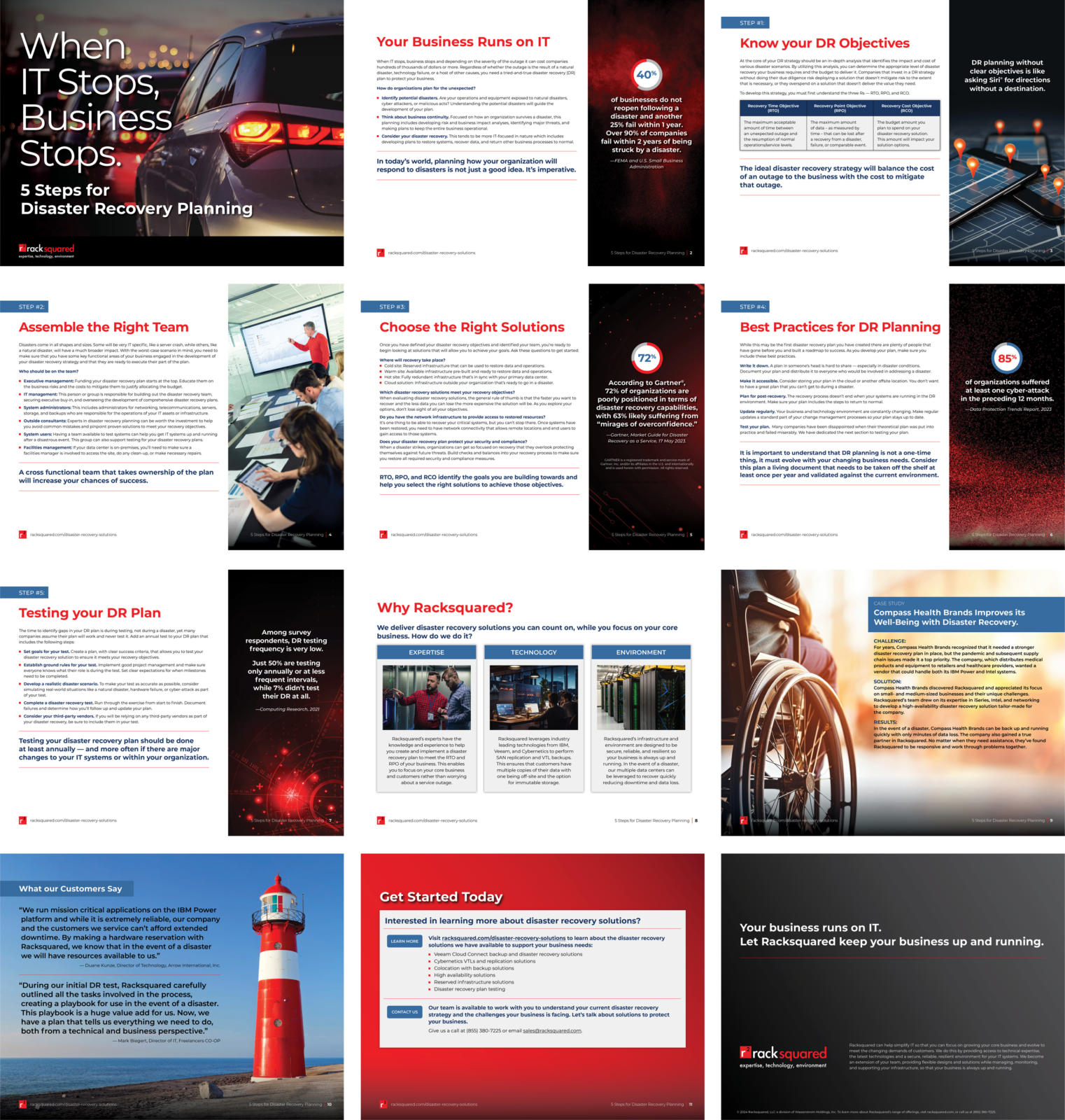We’ve all seen them. And despite our best intentions, we’ve all made them. Like it or not, typos are a fact of written communication. They sneak into our writing while we’re not looking—or while we’re looking too hard—and scatter random double words, transposed letters, missing punctuation and a host of other embarrassing mistakes in their wake. None of us is immune: students submitting coursework, editors for major newspapers, directors of public relations, we all fall prey to typos. They lurk in the margins of every page, and our brains are sometimes in collaboration with them.
I’m sure we’ve all encountered those paragraphs of garbled text claiming that we’re geniuses if we can read them—often, something like this: it dseno’t mtaetr waht oerdr teh ltteres in a wrod are… While it is amazing that our brains recognize patterns this well, there’s also a downside. Our brains use context to fill in gaps, make minor corrections, and generally extract our intended meaning. This is what makes it so hard to edit our own work—we know what it says, but others can’t always decode it.
So how do we combat the typo? What’s in our arsenal that could guide us toward perfect copy?
- Spellcheck—which often fails us
- Autocorrect—bane of smartphone users everywhere
- Second opinions—and third, and fourth, and…
Spellcheck is a terrific tool. It tells us when we have mistyped and typically offers up a list of possibilities, trying to guess what our intentions were, which word was on the tips of our fingers. But I’ve seen the dark side of spellcheck in copy that markets a “turkey project” instead of a “turnkey project,” an error spellcheck is powerless to notice, let alone correct. Just yesterday, spellcheck advised me to change “Ponemon Institute” into “Pokémon Institute.” I declined.
And where would we be without autocorrect? With this tool, two hyphens become a glorious em dash and lists automatically number themselves. In fact, autocorrect is so eager to help that I must re-key product names such as “IBM i” almost every time, lest there be stray capitalization. Outside of work, the autocorrect on my phone is perpetually informing others that I’ve spent the weekend “seeing,” when I’ve actually been “sewing.” Considering some of the autocorrect disasters out there, my phone has only made some minor goofs—but even these would be problematic in published materials, and spellcheck would not help.
So if spellcheck and autocorrect conspire to slip “thigh-availability computing” into our writing, what could be better than a fresh set of human eyes to catch these things? A second reader doesn’t have foreknowledge of our intended meaning and, unlike spellcheck and autocorrect, doesn’t pretend to know what we’re thinking. But even this can go awry.
Sometimes looking too hard, or having too many people reading the copy, is just the thing for ensuring that something goes out with a glaring typo…possibly on the front page, and for years, as The New York Times discovered earlier this year . Almost certainly, the people proofing those pages were on the hunt for errors, looking hard and finding most of them, but missing something as seemingly little as the issue number.
In the end—and despite the elusive nature of perfection—perhaps our greatest weapon against typos and other embarrassing errors is to use another pair of eyes, plenty of common sense, and a less-frenzied pace. If something “reads wrong,” it probably is wrong—and someone else will spot it more readily than we will. Like the engine that behaves for the mechanic but acts up during our drive to the store, copy errors tend to hide when hunted and wave their figurative arms when we’re just perusing a text. And if we simply take our time and read each word, the stray digit in “numb3er” will show up.
by Sara Richardson





